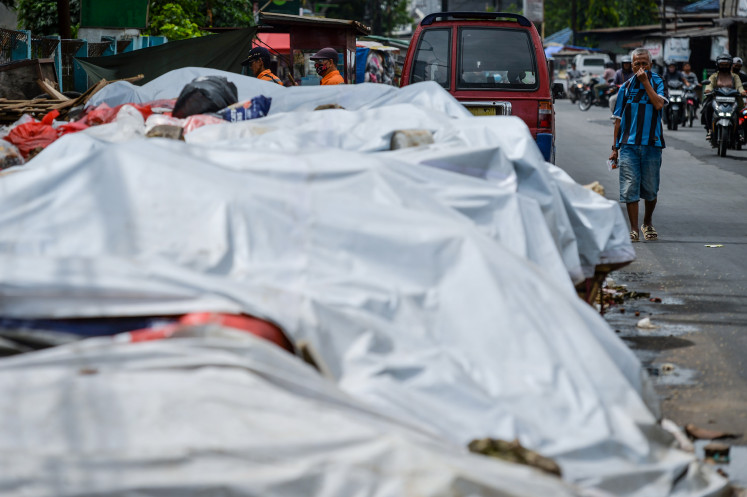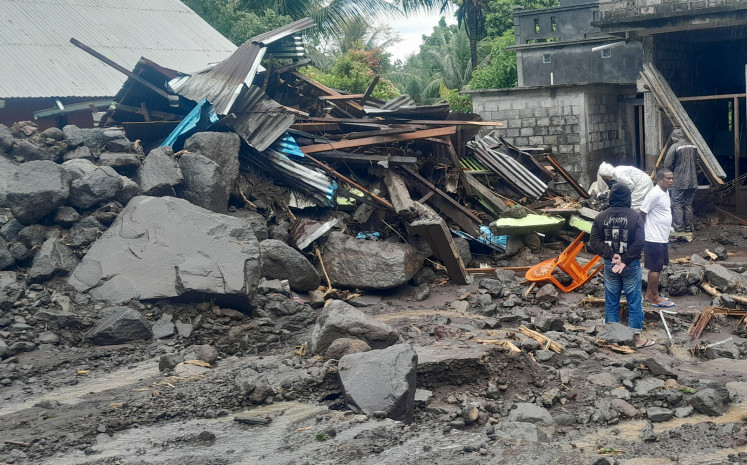Popular Reads
Top Results
Can't find what you're looking for?
View all search resultsPopular Reads
Top Results
Can't find what you're looking for?
View all search resultsBetter effort for next city plan,a please: Experts
Amid the Jakarta City Council's efforts to draft a city spatial plan for the 2010 - 2030 period, experts have warned the city administration to apply stricter environmental regulations to developers
Change text size
Gift Premium Articles
to Anyone
A
mid the Jakarta City Council's efforts to draft a city spatial plan for the 2010 - 2030 period, experts have warned the city administration to apply stricter environmental regulations to developers.
Iwan Ismaun, a professor of landscape architecture at Trisakti University, said the city administration had failed to improve the environmental conditions of the city, citing a lack of knowledge from field officials who had not sanctioned developers for violating regulations to provide green spaces.
"The city needs to do more to educate field operatives and the public about how important green spaces are for our lives," he said during a discussion on urban planning in Jakarta on Wednesday.
"We've already seen the effects of global warming. It would be a major mistake for the government to again fail to enforce sustainable green development," he added.
Iwan was referring to the permitted Basic Building Quotient (KDB), a regulatory term measuring the permitted area of a building development for a particular land space, in comparison to the Basic Green Quotient (KDH), another regulatory term for the required green area within developments.
Another important regulation is the designated KLB, or Building Floor Quotient (KLB), which refers to the total area of building space allowed in a specific area. Based on Jakarta's city master plan for the 2010 period, the KLB may not exceed 4 or 5.
"However, in practice, many field operatives seem to not know enough about the KDB, the KDH or the KLB, effectively allowing developers to violate these restrictions and ruin the city's ecology," Iwan said.
His theory is supported by a recent report conducted by researchers from Tarumanegara University.
The study revealed that many new buildings currently being developed in Jakarta had exceeded the permitted quotients, particularly by increasing the number of permitted floors.
Kuningan City in Jl. Satrio, South Jakarta, for example, has a total 387,000 square meters (sqm) of concrete on top of its 29,000 sqm of land space, which translates to a quotient of 13.
"I'm not against developing the city by constructing buildings, but it is obvious the plan has not been very well implemented," Iwan said.
Bernardus Djonoputro, the secretary-general of The Indonesian Spatial Planning Experts Union (IAP), agreed, adding the city must be able to come up with specific programs that would produce measurable improvements in Jakarta's environmental condition.
"Why do we want more green spaces? To limit pollution, which means the new city master plan must be able to show just that," he said.
"It's no use having buildings with roof gardens if they still use chlorofluorocarbons *CFC's* in their air conditioners. Rules must be enforced."










